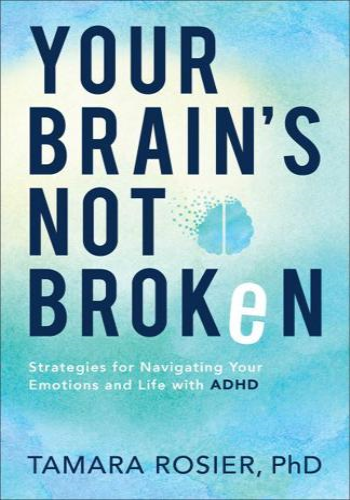Chapter 1: Introducing a New Paradigm
* Summary: This chapter introduces the "Do What Jesus Did" paradigm, which challenges the traditional view of Christianity and emphasizes the importance of following Jesus' example in everyday life.
* Example: Bob is a Christian who struggles with his work ethic. He realizes that Jesus' parable about the talents (Matthew 25:14-30) teaches him to use his gifts and abilities for God's work.
Chapter 2: Paradigm Shift
* Summary: This chapter explains the need for a paradigm shift in Christianity, moving away from a religion of rules and rituals towards a relationship with Christ and a life lived in his footsteps.
* Example: Mary is a Christian who has always followed the rules but feels empty inside. She discovers that true Christianity is not about following a set of dos and don'ts, but about knowing and loving Jesus.
Chapter 3: Restoring the Scriptural Pattern
* Summary: This chapter examines the biblical basis for the Do What Jesus Did paradigm, showing how Jesus' life and teachings provide a model for our own.
* Example: John is a Christian who is struggling with anger. He reads Jesus' teaching on forgiveness (Matthew 5:38-48) and realizes that he needs to follow Jesus' example of forgiving others.
Chapter 4: The Power of a Paradigm
* Summary: This chapter explains how the Do What Jesus Did paradigm empowers Christians to live out their faith effectively.
* Example: Sarah is a Christian who feels overwhelmed by the world's problems. She realizes that by following Jesus' example of compassion and action (Matthew 25:31-46), she can make a difference.
Chapter 5: The Point of No Return
* Summary: This chapter emphasizes the transformative power of the Holy Spirit, who helps Christians overcome obstacles and follow Jesus more closely.
* Example: David is a Christian who has been struggling with addictions. He experiences the Holy Spirit's power to deliver him from his bondage and to empower him to live a life that glorifies God.
Chapter 6: The Language of Discipleship
* Summary: This chapter explains the importance of using Jesus' words and actions as a guide for our own lives.
* Example: Peter is a Christian who is trying to improve his communication skills. He studies Jesus' teachings on loving communication (John 13:34-35) and applies them in his relationships.
Chapter 7: The Implications of Divine Friendship
* Summary: This chapter emphasizes the importance of developing a personal relationship with Jesus, which leads to a life of love and obedience.
* Example: Susan is a Christian who feels disconnected from God. She begins to spend time reading the Gospels and praying, and she experiences a growing sense of intimacy with Jesus.
Chapter 8: Becoming a Pioneer
* Summary: This chapter challenges Christians to be bold and innovative in following Jesus' example, even when it means breaking with cultural norms.
* Example: The church of Mars Hill in Seattle plants a new church in a low-income neighborhood, aiming to serve the community in the same way that Jesus served the poor and marginalized.
Chapter 9: Laying Down Your Life
* Summary: This chapter explains the importance of self-sacrifice and servanthood in following Jesus.
* Example: A group of Christian doctors travel to a remote village in Africa to provide medical care to the community, without expecting any recognition or reward.
Chapter 10: The Key to Success
* Summary: This chapter concludes the book by emphasizing that the key to success in following Jesus is to abide in his love and to love others as he loved us.
* Example: A Christian family decides to adopt a foster child, following Jesus' example of caring for the orphans and the outcasts.







